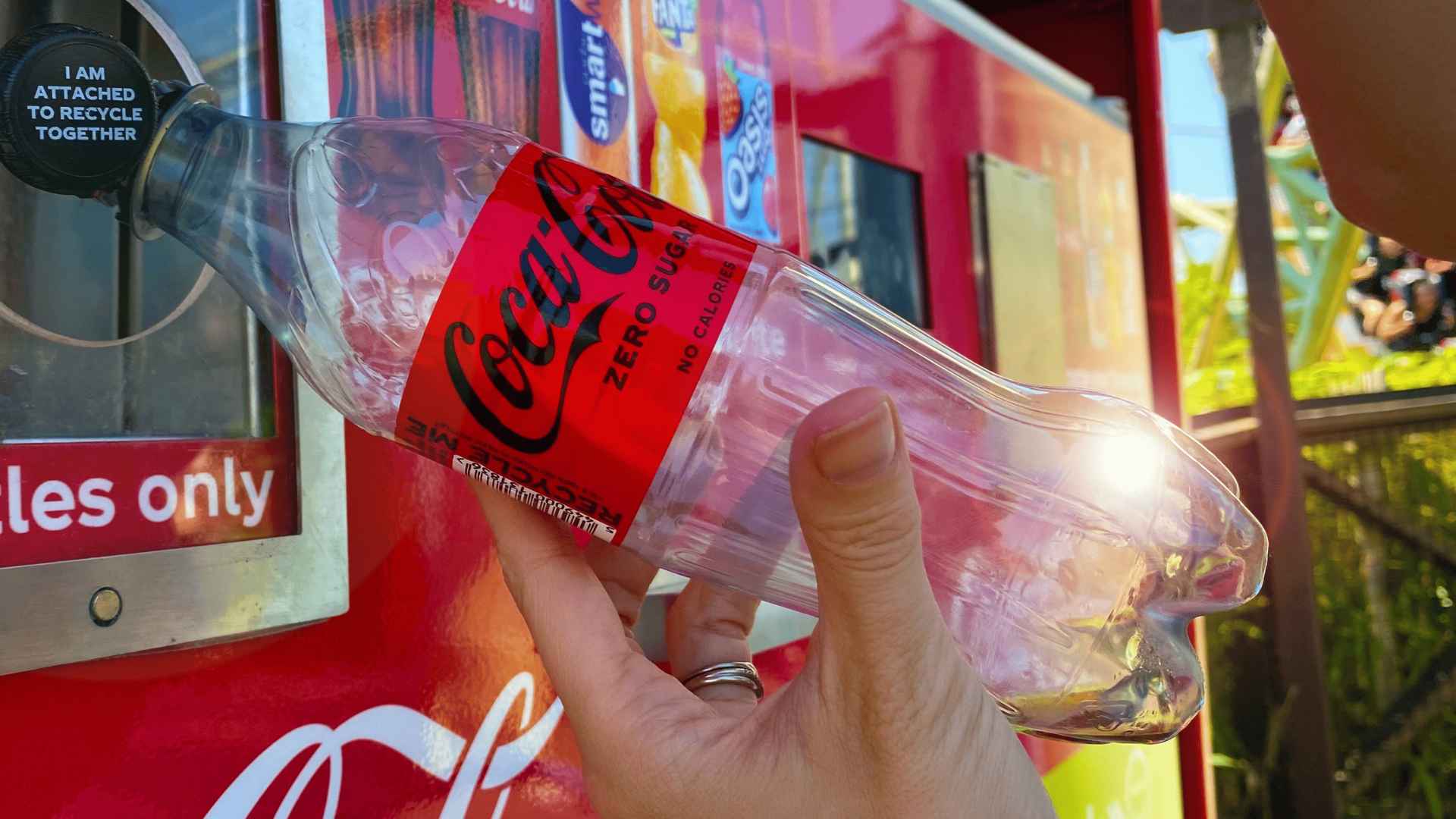New pilot lets consumers trade empty bottles for app points, aiming to cut plastic waste and spark wider civic action.
Coca‑Cola’s latest sustainability experiment has landed in Puri, East India, where bright‑red “reverse vending machines” (RVMs) swallow used plastic bottles and pay users back with discounts on their next drink. The idea is simple: drop in an empty Coca‑Cola container, watch the device compact it, and earn digital points that translate into savings at checkout.
How the new Coca‑Cola reverse vending machines reward everyday recyclers in india
Each RVM, installed by tech partner Biocrux India, can store up to 800 bottles before crews haul the compacted plastic off to become clothing, bags, or fresh packaging. Pretty neat, right? So, what’s in it for the customer?
- Instant gratification: Points land in the linked mobile wallet within seconds.
- Tangible savings: Collected points knock money off future Coca‑Cola purchases.
- Feel‑good factor: Users see a real‑time tally of bottles diverted from landfills.
By turning recycling into a quick game with visible perks, Coca‑Cola hopes to hook shoppers who might otherwise toss bottles in the trash. As Rajesh Ayapilla, senior director for the beverage giant’s South West Asia arm, put it, the machines help people “take simple yet meaningful steps to make recycling part of everyday behaviour.”
| Feature | Details |
|---|---|
| Pilot city | Puri, East India |
| Machine capacity | Up to 800 bottles |
| Incentive model | Mobile‑app points redeemable for product savings |
| Technology partner | Biocrux India |
Why these bottle‑crunching kiosks could signal a shift in corporate plastic responsibility
Coca‑Cola has long topped global rankings for plastic pollution, so critics will surely ask: is this splashy pilot enough? Abhimanyu Behera, an executive officer for Puri, thinks it’s a move in the right direction, noting that highly visible machines “set a precedent for other cities to follow.” Still, the company’s wider footprint— billions of single‑use bottles every year—means real impact hinges on scaling the concept and cutting virgin plastic at the source.
Yet the RVMs do check several important boxes. They outsource no extra effort to the consumer, they physically track recovered material, and they feed data back to Coca‑Cola for remote performance monitoring. Could that transparency push similar machines into train stations, college campuses, or even American grocery stores?
If the pilot keeps bottles off beaches and boosts recycling rates, Coca‑Cola may find a blueprint for consumer‑friendly waste reduction—one that blends tech, rewards, and a dash of competition. For now, the message is clear: drop the bottle, grab some points, and help lighten the plastic load one crunch at a time.

